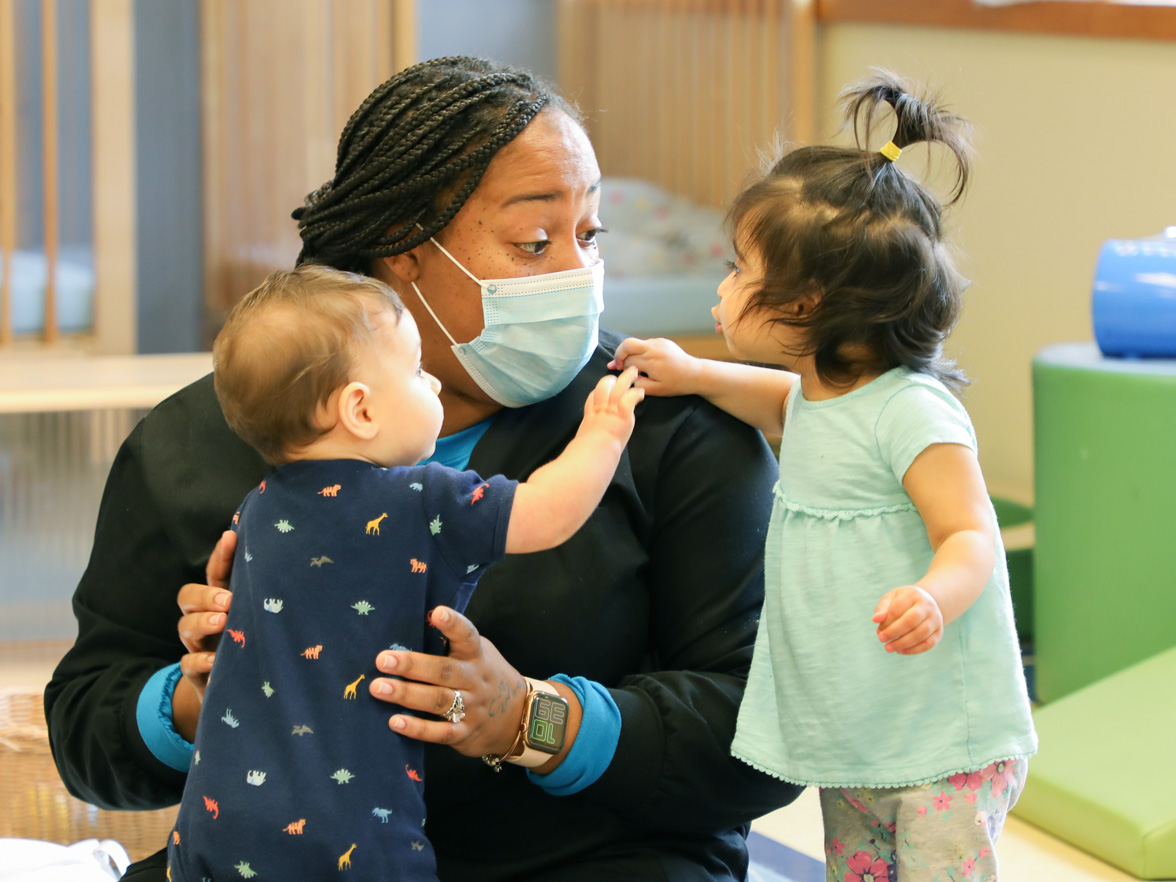Teacher Student Ratio Preschool - Imagine teaching in front of a sea of children, the desks are so cramped that you have to maneuver creatively to move around the classroom. With so many students, it's difficult to find the capacity or time to truly focus on each individual's strengths and weaknesses, tailor instruction to their needs, or learn how to push each one towards success.
Imagine a small class on the other side of the coin. Instead of a large group of students, you teach only a few in a subject. You know not only their names and faces, but also their goals, strengths, and academic challenges. You can encourage their unique voice and satisfy their needs. This dichotomy is often the difference between a high and a low student-teacher ratio, and for many students, the right ratio can make a significant contribution to their success.
Teacher Student Ratio Preschool

The student-teacher ratio refers to the number of students per teacher in a school. This number goes beyond class size, though the two stats are often linked. The student-teacher ratio shows the workload of teachers and how available they are to serve and care for their students. Many students and teachers find that the lower the number, the better the teaching and learning process.
Table 4.2 Nova Scotia Group Size And Staff/child Ratio In Licensed Child Care Centres
The student-teacher ratio was found to be one of the strongest indicators of student achievement and engagement. Logically, it's not surprising why. The fewer students each teacher works with, the more closely they can adapt their teaching to specific learning styles. They can also develop healthy one-on-one teaching relationships and offer insight and help in ways that would be impossible in a larger classroom. Also, a lower rate will ease teachers' workload, allowing them to focus on quality rather than quantity of teaching and grading.
In a small group, students feel more comfortable expressing their ideas, asking questions, and communicating their needs. This setup also provides extra care for students struggling with learning disabilities in any subject. Rather than going through the cracks in a larger classroom or a classroom with a higher student-teacher ratio, students benefit from the fact that teachers can more effectively notice and offer specific assistance.
This advantage can also apply to students who excel and need the extra challenge to reach their full potential. With a lower student-teacher ratio, teachers have the capacity to address this situation by providing students with more material and helping them be as successful as they can. The teacher also has a higher bandwidth to go further and further to communicate this force field with the student's parents and evaluate the next best steps.
The proof, as they say, is in the pudding. Lower student-teacher ratios have been found to leave their mark, creating a ripple effect including:
Enrollment Numbers Update
There is no standard perfect number for a good student-teacher ratio. The number varies by budget, as small classes and large numbers of teachers cost the school staff and training. You will also often find differences in the student-teacher ratio by school type. For example, public schools have a higher student-teacher ratio than private day schools or boarding schools, which often offer smaller classes.
Class sizes in the US are generally on a downward trajectory, with the average student-teacher ratio falling from 22:1 in 1970 to 15:1 in 2008. This trend is a positive indication that the education system recognizes the importance of reducing the rate. as much as possible.
The more attention and individualized instruction given to students, the higher the quality and personalization of their learning. While there is no magic number for this ratio, you will likely find that a lower ratio indicates a more positive and personalized teaching approach.
The average student-teacher ratio in New Jersey varies by school type. Nationwide, public schools often have larger class sizes and higher attendance rates than private day schools and boarding schools. It has been observed that especially boarding schools have the lowest rates due to their special emphasis on quality education and strong academics. Here are some differences:
Best Preschool In Snohomish County
The Hun School of Princeton has been a leading New Jersey private boarding school since 1963. The importance we place on an innovative, hands-on learning environment is brought to life by our expert teachers and tutors. With a 5:1 student-teacher ratio, we go above the New Jersey average to deliver the most engaging and active learning experience for our students. The Hun School also offers a low student-advisor ratio of 48:1, which helps us meet the needs of our students of all levels.
Kindergarten student teacher ratio, stanford student teacher ratio, ideal student teacher ratio, teacher student ratio preschool california, teacher to student ratio, teacher to student ratio preschool, daycare student teacher ratio, best student teacher ratio, preschool student teacher ratio, teacher ratio preschool, harvard student teacher ratio, student teacher ratio for preschool

.jpg)
0 Comments